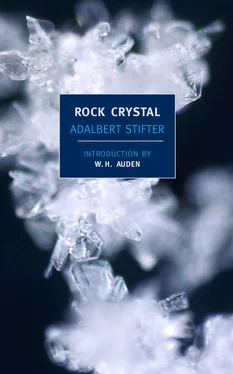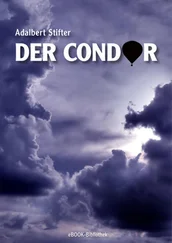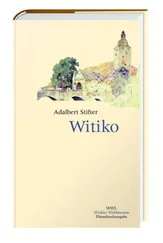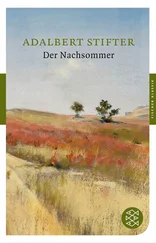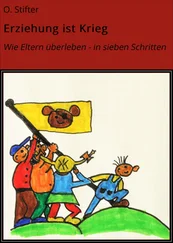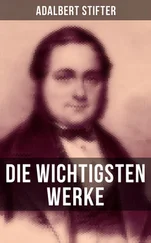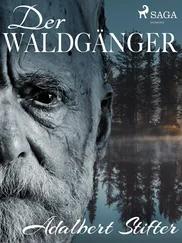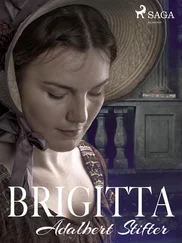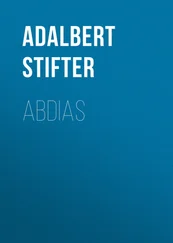Associated with the religious festival is a domestic one. In Christian lands far and wide it is the custom to portray for children the advent of the Christ-child — a child himself, most wondrous that ever dwelt on earth — something joyous, resplendent, exalted, an ever-present influence throughout life that sometimes in old age, for one lost in sad or tender memories, revives bygone days as it passes on wings of fair colors, through the cheerless expanse of desolate night.
It is the custom to present children with gifts the Blessed Christ-child has brought; given usually on Christmas Eve when dusk has deepened into night. Candles are lit, generally a great many, that flicker together with the little wax lights on the fresh green branches of a small fir or spruce tree that has been set in the middle of the room.
The children must wait till the sign is given that the Blessed Christ-child has come and left his gifts. Only then is the door thrown wide for them to enter, and the sparkling radiance of the candles reveals objects hanging from the tree or spread out on the table, things beyond anything the children have imagined, things they dare not touch but which, after they have received them as gifts, they will carry about in their little arms and afterwards take with them to bed. If later in their dreams they hear the midnight bells calling the grown-ups to church, it will perhaps seem to them that the angelic host is winging its way across high heaven, or that the Christ-child is returning home after visiting children everywhere and bringing to each, a wondrous gift.
Next day, when Christmas comes, how festive it is early in the morning to be there in the warm room dressed in their prettiest clothes, and later when Father and Mother put on their Sunday best to go to church; or when at noon comes Christmas dinner — finer than any other in the whole year; and in the afternoon or toward evening, when friends call and, sitting about on chairs or benches, visit together as they look out at the wintry scene of falling snow or at the gray mist wreathing the mountains, or at the blood-red sun going down. Here and there about the room on stool or bench or window sill, lie the magical gifts of the evening before — now familiar and all their own.
After this, the long winter departs; spring comes, then lingering summer — and when the mother again tells the story of the Christ-child, saying that his birthday is now to be celebrated and that he will visit the earth again, it seems to the children that his last coming has been inconceivably long ago, and as though the joys of that distant time lie veiled in remoteness.
Because this festival has such enduring power over us, with an afterglow reaching even into old age, we love to be with children when they joyously celebrate Christmas.
Among the high mountains of our country there is a little village with a small but needle-fine church-spire. Conspicuous above the green of abundant fruit-trees, this spire — because the slates are painted vermilion — can be seen far and wide against the faint blue of the mountains. The hamlet nestles in the very center of a fairly wide valley that is an almost perfect ellipse. Besides the ward church, a school-house, and a parish-house, there are a few stately homes around a square with four linden-trees and a stone cross in the center. These are not simple farmhouses, but a haven of handicrafts indispensable to humanity, providing the mountain people with essential commodities. In the valley and scattered along the mountain-sides are many little huts of a sort common to such regions — whose inhabitants belong to the village, use its church and school, and support its craftsmen by buying their wares. Even more distant huts are now also part of the village, but, hidden away in the mountains, cannot be seen from the valley; the people rarely come down among their fellow-parishioners. Often, indeed, they are obliged to keep their dead with them over the winter till they can bring them to the valley for burial after the snow has melted. The great man of the village is the priest. The villagers regard him with veneration and he, after a protracted stay in the valley, usually becomes used to isolation, stays on not unwillingly, and then just goes on living there. At least since time immemorial no priest in the village has ever craved a change, none has been unworthy of his calling.
There are no highways in the valley, merely cart-roads with double wheel-tracks, along which the crops are brought home on one-horse carts. Accordingly, few strangers come to the valley; among these an occasional wanderer, a nature-lover who lives for a time in the prettily-painted upper room of the inn, enjoying the mountain-view; or possibly an artist who sketches in his portfolio the delicate church-spire and beautiful rocky peaks.
The village people thus constitute a separate world, they know one another by name and are familiar with all the grandfathers’ and great-grandfathers’ tales. All mourn when anyone dies; all know the name of the new-born; they speak a language which is different from that used in the plain; they have their quarrels and settle them; they help one another, and if anything unusual happens, come flocking together.
They are steadfast, ever adhering to the ancient ways. If a stone is dislodged from a wall, that very stone is put back; the new houses are built like the old ones; damaged roofs are mended with shingles just like those they replace. If the cows on a farm are brindled, the calves on that farm must always be brindled; the color never changes.
South of the village you see a snowy mountain with dazzling horn-shaped peaks, rising, as it seems, from the house-tops themselves, but actually quite far away. All year round, summer and winter, there it is with its jutting crags and white expanses, looking down upon the valley. As the most prominent feature of the landscape and ever before the eyes of the villagers, the mountain has been the inspiration of many a tale. There is not a man, young or old, in the village who has not something to tell about its peaks and crags, its caves and crevasses, its streams and torrents — either something that has happened to himself or that he has heard about from others. This mountain is the pride of the village, as though the people had made it themselves, and with due respect to their honesty we can’t swear to it that once in a while they would not fib for the honor and glory of their mountain. Besides being notable in itself, the mountain is actually profitable, since on the arrival of a party of mountain-climbers to make the ascent from the valley, the villagers serve as guides; and to have been a guide — had this or that experience, known this or that spot — is a distinction which affords anyone great satisfaction. When they sit together in the common room at the inn, they are always talking about their feats and strange adventures, never failing to mention what this or that traveler said and how much he had given for their labors. The mountain also sends down from its snowy flanks streams that feed a lake in the forest, from which a brook emerges and flows merrily through the valley, driving the saw-mill, the grist-mill, and small machinery of various kinds, providing cleanliness for the village and watering the cattle. The forest tracts afford timber and also break the force of the avalanches. Through subterranean channels and loose soil at these altitudes water filters and, coursing veinlike through the valley, comes to the surface in little fountains and springs from which the people drink. And as time and again they offer strangers this unrivalled, much extolled water, they never stop to think how useful it is, accepting it simply as something that has always been there.
With regard to the change of seasons on the mountain, in winter the two pinnacles called “horns” are snow white and on clear days stand out in the dusky atmosphere with blinding brilliance; all the alpine meadows at the base of the summits are white then, as well as their sloping shoulders; even the precipitous rock-faces or walls as the people call them, are coated with a white velvet nap of hoar-frost and glazed with ice-tissue, so the entire mass towers like an enchanted castle above the darkish weight of gray forest mantling the base. In summer as the sun and temperate winds melt the snow on the steep gradients, the horns soar up, as the mountain people say, black into the sky, their surface marked only by exquisite little flecks and snow-veins. These veins, however, are not really white but the delicate milky blue of the distant snow on the darker blue rocks. At higher levels in hot weather, the alpine meadows about the horns never lose their blanket of eternal snow and it shines down on the verdure in the valley; but on the lower levels the recent winter snowfall — a mere down — melts away, and iridescent blue-green tints appear in the glacier that, now bared, greets the people in the valley.
Читать дальше
